19th Century Egyptian Revival Furniture
Egyptian Revival Furniture
Exotic Grandeur in the Decorative Arts of the 19th Century
The Egyptian Revival stands as one of the great stylistic movements of the 19th century, leaving a bold imprint on European decorative arts. Inspired by the monumental forms, motifs, and mystery of ancient Egypt, this revival manifested across furniture, lighting, sculpture, and architecture – blending classical Western forms with exotic ornamentation.
Origins of the Egyptian Revival
The style gained momentum in the early 19th century, spurred by Napoleon’s campaign in Egypt (1798–1801) and the publication of the monumental Description de l’Égypte (1809–1826). This richly illustrated series of volumes documented temples, monuments, and artefacts, igniting fascination across Europe. Designers soon incorporated motifs such as sphinxes, obelisks, lotus blossoms, winged lions, and hieroglyphics into their work, translating the grandeur of antiquity into fashionable interiors.
Leading Advocates of the Style
One of the most important figures in promoting Egyptian-inspired design was Thomas Hope, whose Household Furniture and Interior Decoration (1807) introduced strikingly original Egyptian motifs into domestic interiors. Likewise, Sir John Soane embraced the discoveries of Egyptology, displaying ancient artefacts in his London townhouse alongside Egyptian-inspired furnishings.
French Empire design under Napoleon also played a crucial role, combining Egyptian ornament with neoclassical forms. The resulting pieces exuded both imperial power and exotic allure, making Egyptian Revival a hallmark of early 19th-century high fashion.
Characteristics of Egyptian Revival Furniture
Egyptian Revival furniture combined traditional European construction with decorative elements inspired by antiquity. Notable examples include:
-
Armchairs with pharaonic heads and legs carved as lion’s paws or goat hooves
-
Sofas adorned with lotus blossom or palmiform columns
-
Candlesticks and tables modelled after obelisks or sphinxes
-
Inlays and gilding echoing hieroglyphic designs and temple motifs
These objects went beyond mere decoration: they symbolised a cultural connection to the wisdom and mystery of ancient Egypt, reflecting the erudition and worldliness of their owners.

Egyptian Revival Today
The revival’s allure has endured for over two centuries. Many original 19th-century pieces remain in museum collections worldwide, including the Metropolitan Museum of Art, while others continue to grace distinguished interiors. Their bold forms and exotic symbolism still captivate collectors, designers, and historians alike.
At Nicholas Wells Antiques, we are proud to curate exceptional examples of authentic 19th-century Egyptian Revival furniture. Each piece embodies the meticulous craftsmanship and imaginative design that defined this unique stylistic movement. For the discerning collector or connoisseur, these works offer not only decorative splendour but also a tangible connection to the enduring mystique of ancient civilisation.




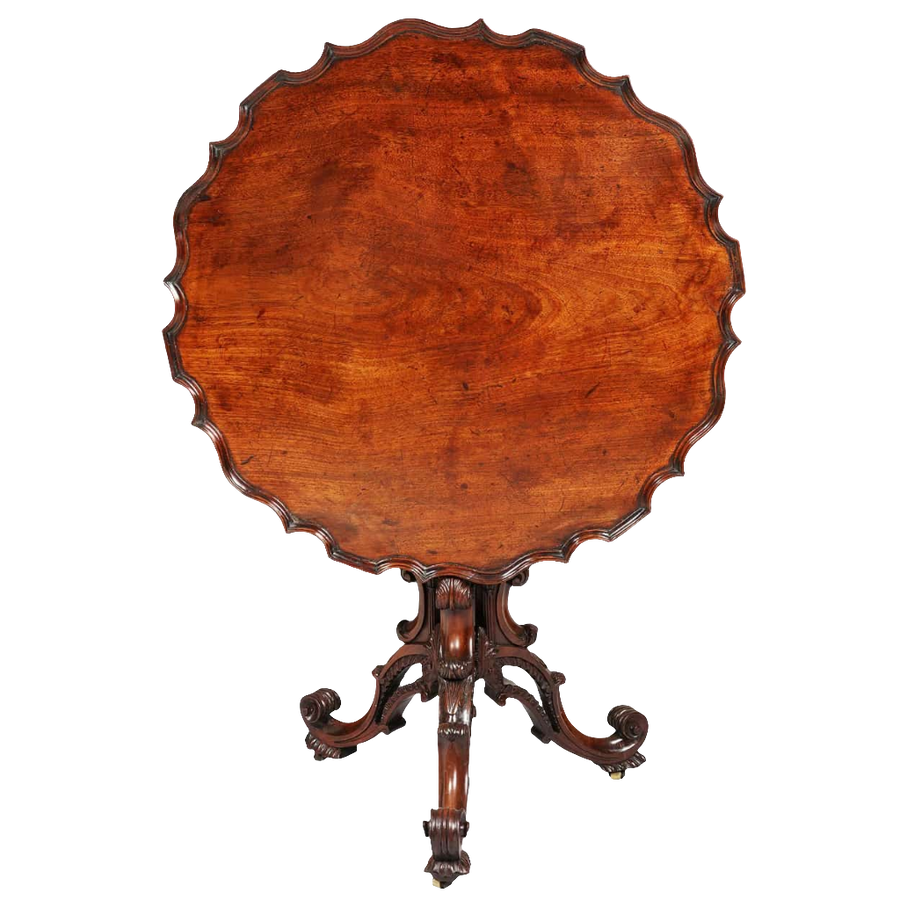
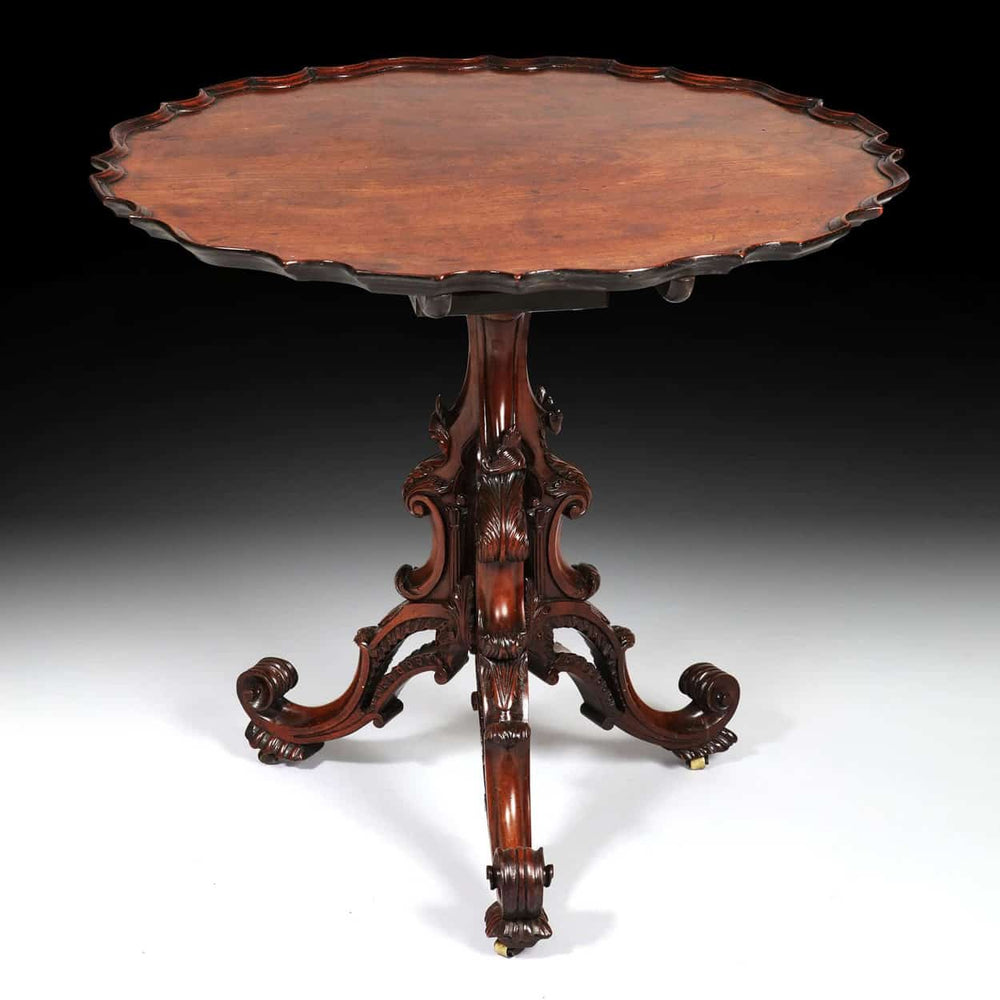
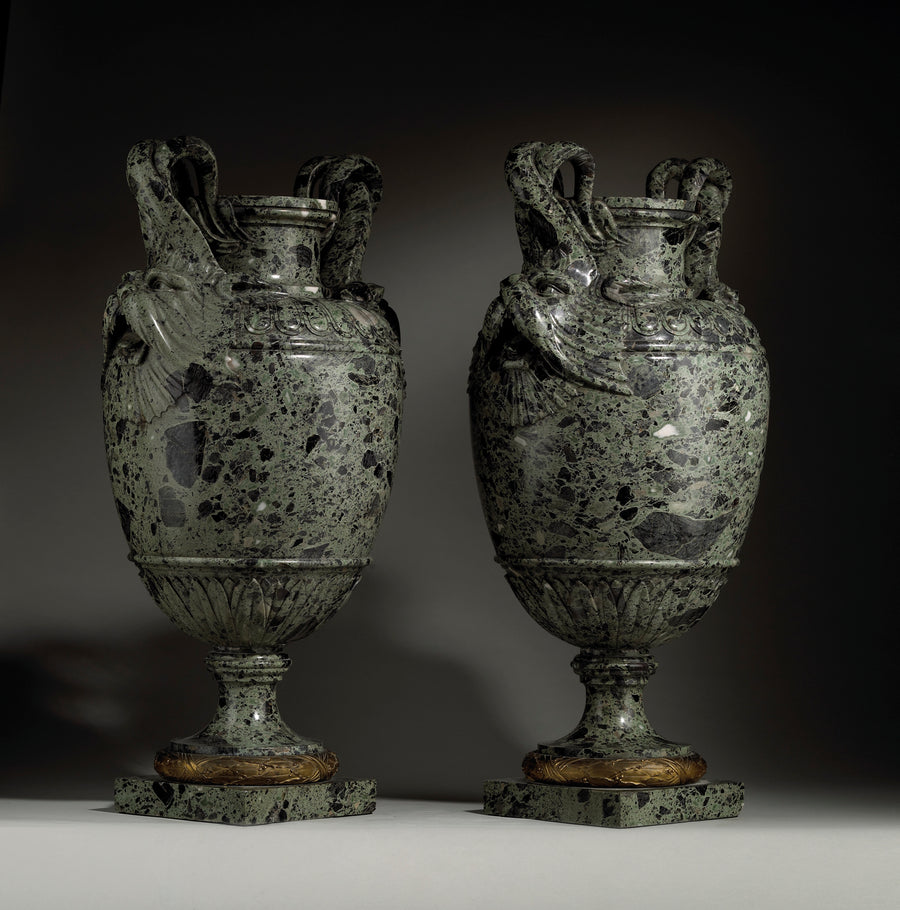
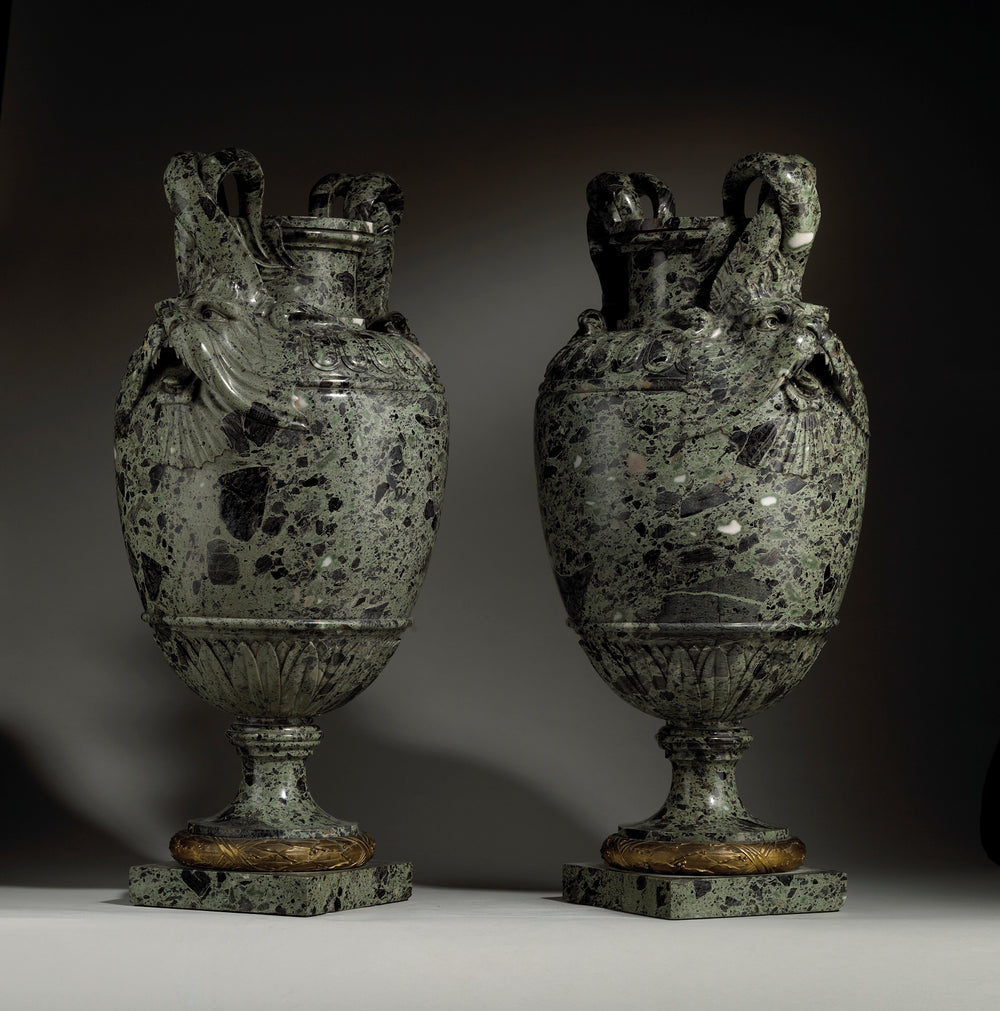

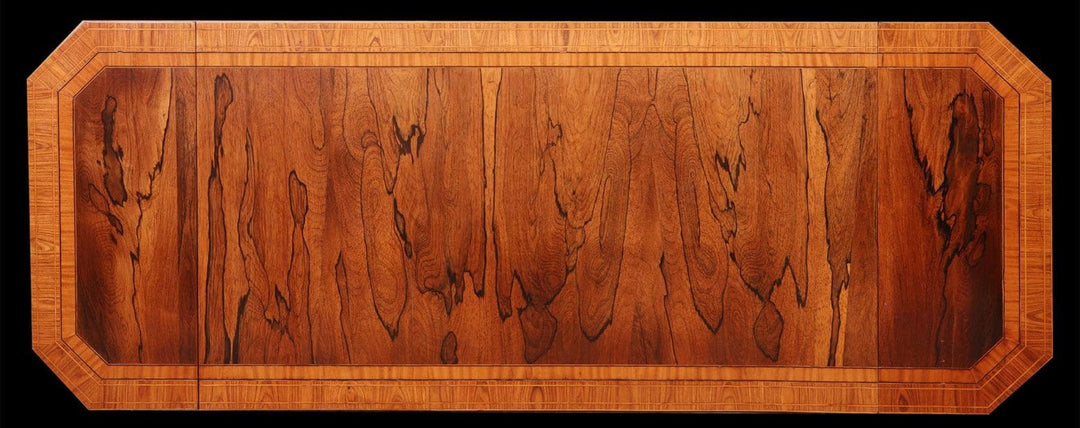


Leave a comment